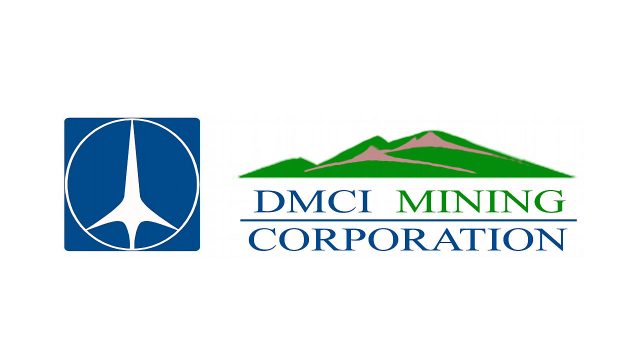By Kyle Aristophere T. Atienza, Reporter
THE GOVERNMENT should boost development in key areas outside Metro Manila in the face of increasing extreme weather events, economists said, as the capital region that accounts for over 30% of the country’s economic output struggles with flooding issues.
The condition of Metro Manila, which contributes 36% to the country’s gross domestic product (GDP), is worsening amid climate change-enhanced typhoons, said Cid L. Terosa, former dean at the University of Asia and the Pacific (U&AP).
“On the economic side, the country should, in the short and medium term, continue to firmly establish growth dynamos outside of the National Capital Region (NCR),” he said in an e-mail, noting that areas that have shown disaster-resilience should be prioritized.
Mr. Terosa said the government should secure funding and investments for climate change programs and create viable livelihood and employment opportunities for disaster-stricken local economies.
“The country can make significant leaps in its macroeconomic targets if it diffuses economic activity towards regions that have shown greater resiliency to various forms of crisis,” he added.
In the latest World Risk Index, the Philippines, which faces an average of 20 typhoons, remained the most disaster-prone country for a 16th straight year.
In July, heavy rains caused by Super Typhoon Gaemi, which was enhanced by a southwest monsoon, triggered massive flooding in Metro Manila. The Department of Environment and Natural Resources (DENR) said rapid urbanization in the nation’s major economic hub was the main culprit.
A World Weather Attribution study released last month noted that the Philippines and two other countries affected by Super Typhoon Gaemi have weak urban plans and flood infrastructure, which cannot withstand climate change-driven floods.
“Unplanned urban development, including in Metro Manila where the population has rapidly increased, is increasing the number of people at risk, especially in lower lying informal areas,” the report said.
The study said Super Typhoon Gaemi’s wind speeds were about 14 kilometers per hour or 7% more intense due to climate change, which increased the rainfall by up to 14%.
Just as Super Typhoon Gaemi left, the country was battered by Tropical Storm Nagi, which affected over half a million Filipinos and left P2.26 billion and P700 million, respectively, in agricultural and infrastructure damage.
President Ferdinand R. Marcos, Jr. last week said climate change’s damage to the national economy could reach up to 7.6% of the GDP by 2030.
Mr. Terosa said some regions in the Visayas and Mindanao were able to perform better than Metro Manila last year “despite inflation and high interest environment.”
“What was tagged as a national economic problem was, in fact, an NCR economic problem.”
The Philippine economy grew by 5.5% in 2023, slowing from the 7.6% expansion in 2022.
By region, Central Visayas posted the fastest GDP growth last year at 7.3%, followed by Western Visayas at 7.2%, and Ilocos Region at 7.1%.
Other regions that also posted growth faster than the NCR were Cordillera Administrative Region at 6.9%, Davao Region at 6.7%, Eastern Visayas at 6.4%, Cagayan Valley at 6.2%, and Central Luzon at 6.1%.
On the other hand, Metro Manila’s economy expanded by 4.9% last year, the slowest in two years.
“If all resources are concentrated in NCR, then typhoons and natural disasters in the capital region would make the Philippines vulnerable,” George N. Manzano, a trade expert at UA&P, said in an e-mail.
“Hence there is a need to diversify the development, making investments in the regions.”
Mr. Manzano cited typhoons’ impacts on commercial and residential infrastructure, which have been concentrated in Metro Manila, and their implications for consumer spending, which contributes around three-fourths to GDP.
Mr. Terosa said recent typhoons have stalled production and income generation, possibly pulling down the country’s growth potential by 0.2 percentage point.
“On the production side, recent typhoons damaged production potential of the agricultural sector and delayed actual production in the manufacturing sector,” he said.
“All these, employment, and most importantly, productivity,” he added.
The Marcos administration has been promoting the New Clark City in Central Luzon as an alternative to Metro Manila, dubbing it as the Philippines’ first “smart, green, and resilient urban center.”
A Philippine Chamber of Commerce and Industry (PCCI) official earlier this month said despite efforts to promote growth outside Metro Manila, the capital region will remain the biggest engine of Philippine growth in the next 10 years.
Infrastructure projects outside the capital region will take time, “especially with the rising cost of materials and manpower,” PCCI-NCR vice-president and 2024 Metro Manila Business Conference Chairman Hernando Delis said at a forum. “Depopulating Metro Manila is not easy.”
“The government and the private sector have taken substantial steps to climate-proof the economy, but the pace of those efforts has not kept pace with the increasingly dire consequences of climate change,” Mr. Terosa said.
“It appears that climate change and its negative effects have unraveled faster than expected.”



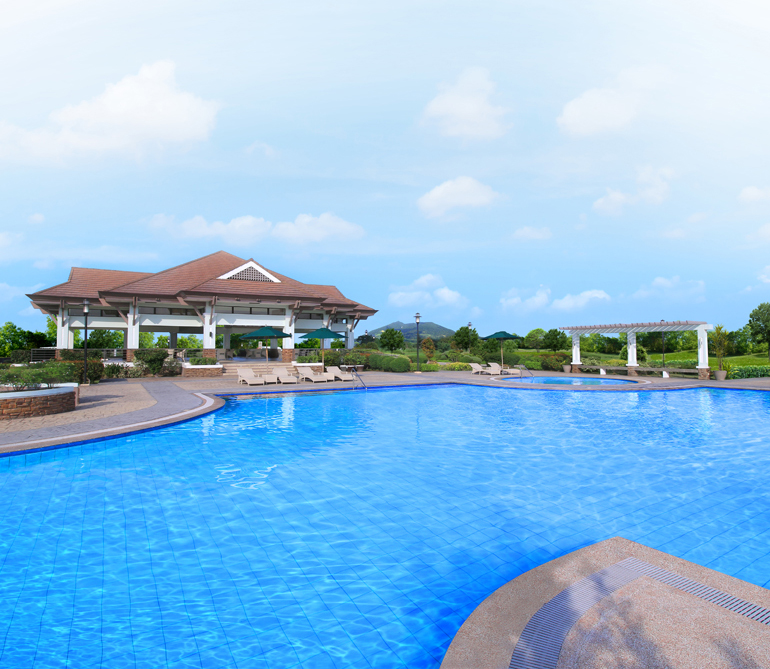
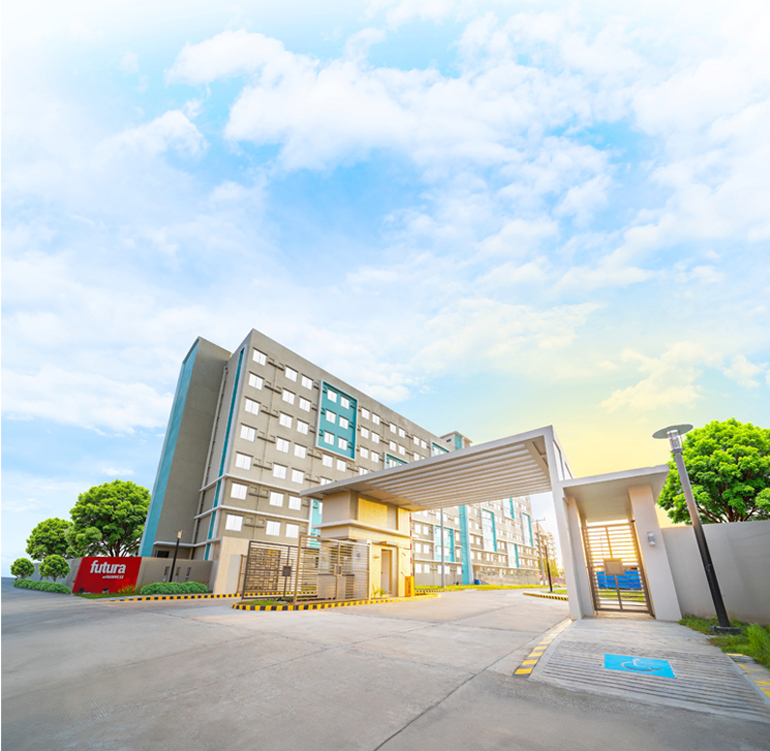


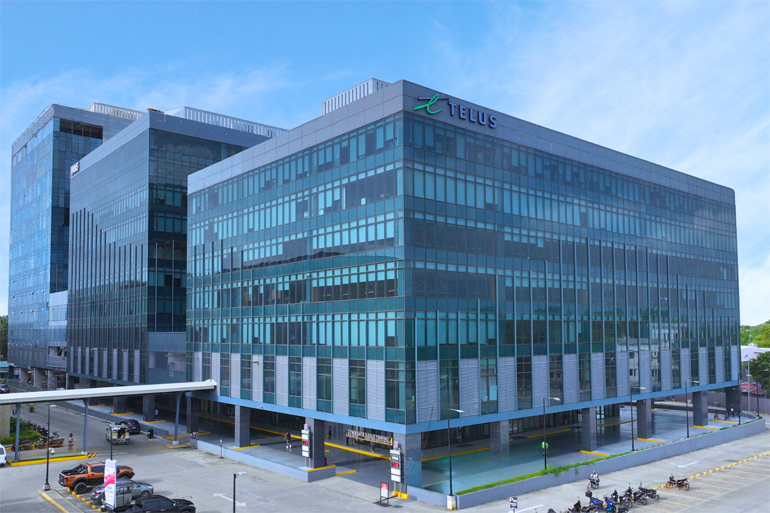





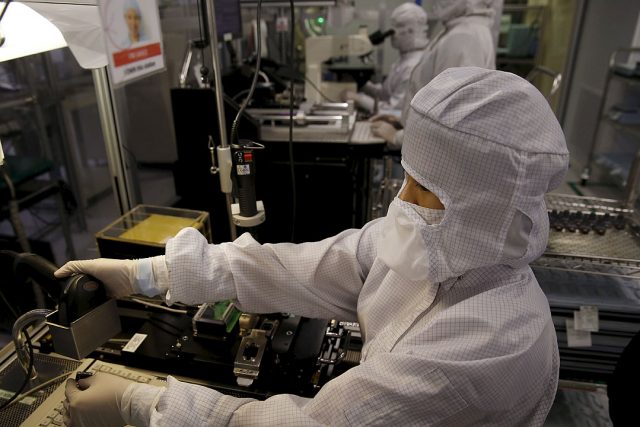
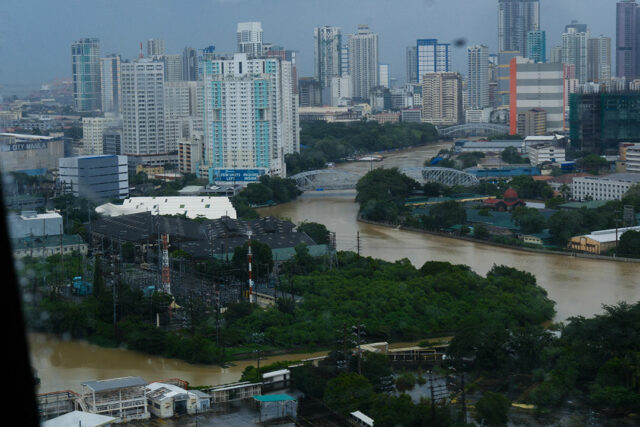




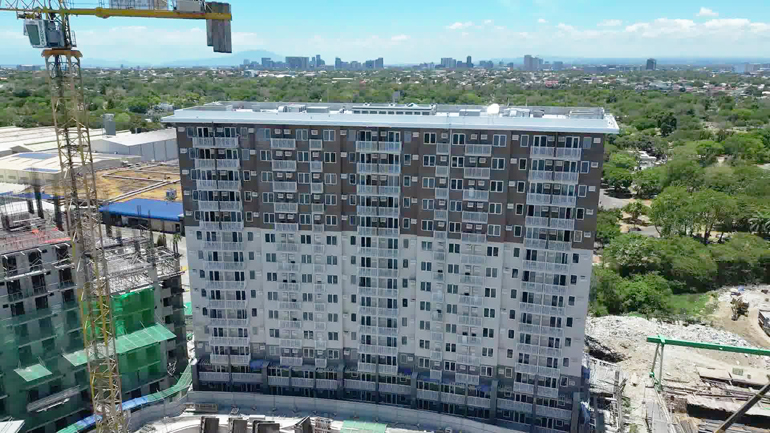 I-Land Residences Sucat was designed with a philosophy that prioritized open spaces and natural ventilation. 60% of the development is dedicated to open areas, allowing residents to enjoy fresh air and greenery even within an urban setting.
I-Land Residences Sucat was designed with a philosophy that prioritized open spaces and natural ventilation. 60% of the development is dedicated to open areas, allowing residents to enjoy fresh air and greenery even within an urban setting.